calsfoundation@cals.org
Kensett (White County)
| Latitude and Longitude: | 35º13’54″N 091º40’03″W |
| Elevation: | 229 feet |
| Area: | 1.87 square miles (2020 Census) |
| Population: | 1,400 (2020 Census) |
| Incorporation Date: | October 16, 1911 |
Historical Population as per the U.S. Census:
|
1810 |
1820 |
1830 |
1840 |
1850 |
1860 |
1870 |
1880 |
1890 |
1900 |
|
– |
– |
– |
– |
– |
– |
– |
– |
– |
– |
|
1910 |
1920 |
1930 |
1940 |
1950 |
1960 |
1970 |
1980 |
1990 |
2000 |
|
– |
480 |
889 |
827 |
829 |
905 |
1,444 |
1,751 |
1,741 |
1,791 |
|
2010 |
2020 |
|
|||||||
|
1,648 |
1,400 |
|
Kensett is a small town in central White County whose early history relates to several railroads that crossed the area. During the first half of the twentieth century, the railroads and the nearby lumber mill provided much employment in the town. Today, Kensett is a bedroom community to nearby Searcy (White County), and most of Kensett’s citizens are employed there.
Civil War through Reconstruction
Kensett became a town after the Cairo and Fulton Railroad (later the St. Louis, Iron Mountain and Southern Railroad) was built through White County in 1872. The small settlement was named for Thomas Kensett, a member of the rail line’s board of directors. The post office opened on October 4, 1872, under postmaster John A. Barnett. In 1907, the Missouri and North Arkansas Railroad (M&NA) was built through Kensett. During the period when the two railroads operated, the town prospered as a rail shipping point for the older White County towns of Searcy and West Point. Kensett was also a local trade center.
Before the Civil War, a scattered collection of farms existed in the area. The area’s first post office, called Frankfort, was established in 1837 about a mile north of the present town of Kensett. In 1838, that post office was closed and moved to Searcy. Crow Cemetery was established by 1852 northeast of modern Kensett. It was named for Joshua B. Crow, who donated land for it. This cemetery has the earliest birth date on a tombstone in White County. Elder William West’s birth date is listed as 1775, though he was not born in White County. Because several families owned slaves, it is believed that the cemetery includes the graves of many African Americans, although their graves do not have tombstones. Between the Civil War and the 1920s, a few of the graves of African Americans do have tombstones.
Kensett did not formally exist during the Civil War, but a road connecting Searcy and West Point (the county’s two largest towns at the time) passed just north of modern Kensett. In May 1862, Union forces under the command of General Samuel Curtis entered the county and were foraging east of Searcy on this road when a detachment of the Twelfth Texas Cavalry led by Major Emory Rogers attacked. In what was known locally as the Action at Whitney’s Lane, about 150 Texas and local cavalry surprised about 100 Federal troops who were divided into three groups. The hour-long action resulted in twenty-two Federal deaths and thirty-five wounded. Four Confederate soldiers died, and an unknown number were wounded. This action was significant because it contributed to Curtis’s decision to abandon plans to take Little Rock (Pulaski County). The capital was spared from Union intrusion for more than a year.
Because the Cairo and Fulton bypassed Searcy, disappointed Searcy residents decided in 1872 to build a private wooden railroad with one passenger car and one freight car pulled by mules to connect Searcy to Kensett. In 1877, this Searcy Branch Railroad was extended to West Point, southeast of Kensett. West Point had the only year-round steamboat landing in the county. This railroad ceased operation around 1910.
Early Twentieth Century through World War II
In 1906, the Doniphan Lumber Company built a railroad track to the main line at Kensett from its mill a mile north. The Doniphan Lumber Company floated logs down the Little Red River from Cleburne County to the mill near Kensett, where the logs were lifted out of the river and placed into a large pond before milling. Some logs were later hauled by truck to the mill. When the M&NA built its line through Kensett, it established a shop for repair and upkeep of the equipment. In 1915, a fire destroyed much of the downtown Kensett business district. Only one store, the A. P. Mills Mercantile, was insured.
The Doniphan Lumber Mill and the M&NA shop were leading employers through World War II. These businesses resulted in a near doubling of the town’s population in the 1920s. During that decade, a new two-story high school was built (later destroyed by the tornado of 1952). The M&NA ceased operations in the 1950s. The lumber mill went through several name changes over the years before finally closing in 2005. The mill’s steam whistle, which blew faithfully at 8:00 a.m. and 5:00 p.m. for a century, was silenced.
Population growth was stagnant in the 1930s through the 1950s as the railroads gradually declined. Population growth resurged in the 1960s as industries began locating in the nearby town of Searcy. The presence of the railroads may have actually helped Kensett weather the Depression slightly better than other communities of similar size. Many travelers of the era rode the trains from St. Louis, Memphis, Little Rock (Pulaski County), and Helena (Phillips County) to Kensett, where they debarked for Searcy only four miles away. This was especially true of many students of Harding College (now Harding University) in Searcy who depended on the railroads to get them to and from school. Farmers came from miles around to Kensett to load produce on the railroads, and the railroads unloaded supplies for distribution to other local communities. Kensett did not have a newspaper during the Depression and afterward. Therefore, little is written of the direct effects of the Depression on the town. The Kensett Bank was robbed in 1934 during an era when tight financial times resulted in bank robberies across the country.
During World War II, Kensett men enlisted in the nearby town of Searcy and later served in all theaters of the war. Goods produced in Searcy and nearby areas were shipped to Kensett to be delivered by railroad all over the United States in support of the war effort.
Modern Era
Kensett had a viable downtown until the arrival in the late 1970s of a Walmart Inc. store in Searcy, two miles from Kensett. Moore Lumber Products is the town’s largest private employer.
Kensett public schools were integrated in 1966. In 1991, the citizens of Kensett, Judsonia (White County), and Griffithville (White County) voluntarily consolidated their schools to form the Riverview School District. Griffithville School was closed, while Kensett and Judsonia each vied for the new high school to be on their side of the Little Red River. A solution was found when it was discovered that a small piece of property on the Kensett side of the river was actually in the Judsonia School District. In an odd twist, the property is in Searcy, close to the shopping and restaurant district on East Race Street. The school is also just west of U.S. 67, two blocks from White County Medical Center. So while there are two large public schools in the city of Searcy, very few of the Riverview Students live in Searcy. The school continues to operate elementary schools in both Kensett and Judsonia.
In recent years, there has been an increase in Hispanic immigration in the area. Some Hispanics work in the agricultural industries in the area while others work in factories in Searcy. When originally founded, the towns of Kensett and Searcy were nearly five miles apart. Today, the eastern edge of Searcy city limits is the western boundary of Kensett. The boundary between them is represented by State Highways 67 and 367.
On January 29, 2012, a fire destroyed four Kensett sites, including the chambers of the city council and the Kensett District courtroom.
Attractions and Famous Residents
Kensett properties on the National Register of Historic Places are the Robertson House, a circa 1910 vernacular frame house; the Fred Hall House, a circa 1930 Craftsman house; and the Mills House, a 1921 Craftsman house and the first house in Kensett to have running water.
Famous former residents include Bill Dickey, National Baseball Hall of Fame catcher for the New York Yankees during the Babe Ruth era; Lonnie Glosson, known nationally as the “Talking Harmonica Man” and frequently billed as the “Best Harmonica Player in the World”; Georgia Holt, an actress and singer best known as the mother of pop superstar Cher; and Wilbur D. Mills, who served in Congress for thirty-eight years, including seventeen years as chairman of the powerful Ways and Means Committee.
For additional information:
Muncy, Raymond Lee. Searcy, Arkansas: A Frontier Town Grows Up with America. Searcy, AR: Harding Press, 1976.
White County Historical Society. http://www.argenweb.net/white/ (accessed June 17, 2022).
Scott Akridge
White County Historical Society
 Bevill Hotel
Bevill Hotel 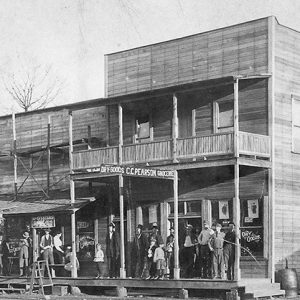 C. C. Pearson Grocery
C. C. Pearson Grocery 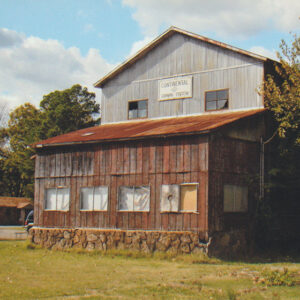 Continental Ginning System
Continental Ginning System  Bill Dickey
Bill Dickey 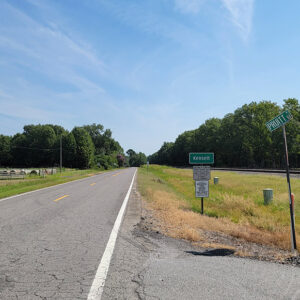 Entering Kensett
Entering Kensett  Lonnie Glosson
Lonnie Glosson 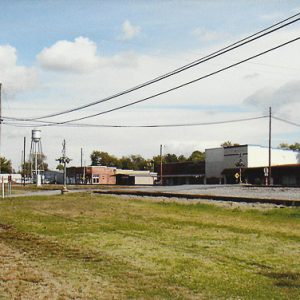 Kensett Street Scene
Kensett Street Scene 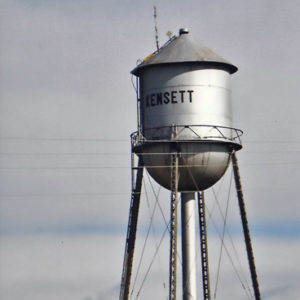 Kensett Water Tower
Kensett Water Tower 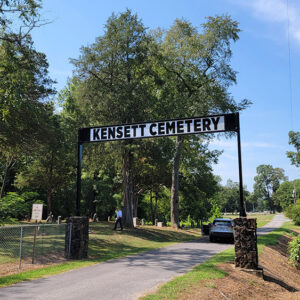 Kensett Cemetery
Kensett Cemetery 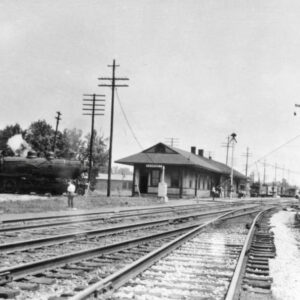 Kensett Depot
Kensett Depot 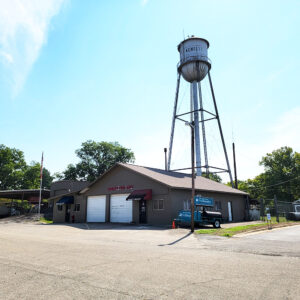 Kensett Fire Department
Kensett Fire Department 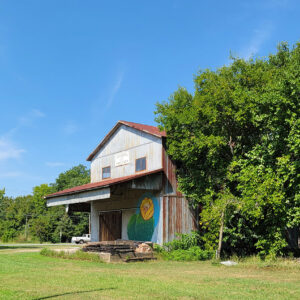 Kensett Gin
Kensett Gin 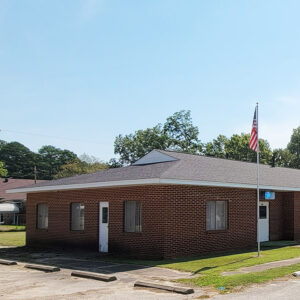 Kensett Masonic Lodge
Kensett Masonic Lodge 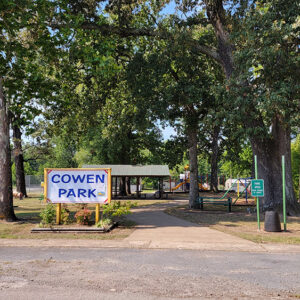 Kensett Park
Kensett Park  Kensett Post Office
Kensett Post Office  Kensett Street Scene
Kensett Street Scene  Kensett Street Scene
Kensett Street Scene 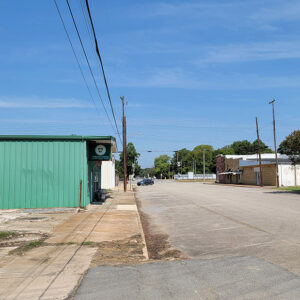 Kensett Street Scene
Kensett Street Scene 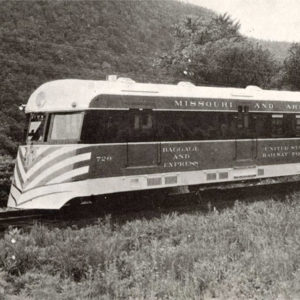 M&NA Train at Kensett
M&NA Train at Kensett 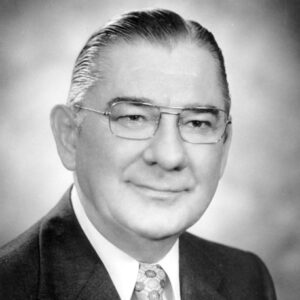 Wilbur D. Mills
Wilbur D. Mills  M&NA Engine at Kensett
M&NA Engine at Kensett 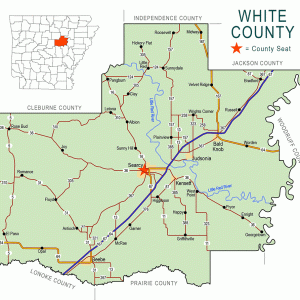 White County Map
White County Map 




Comments
No comments on this entry yet.